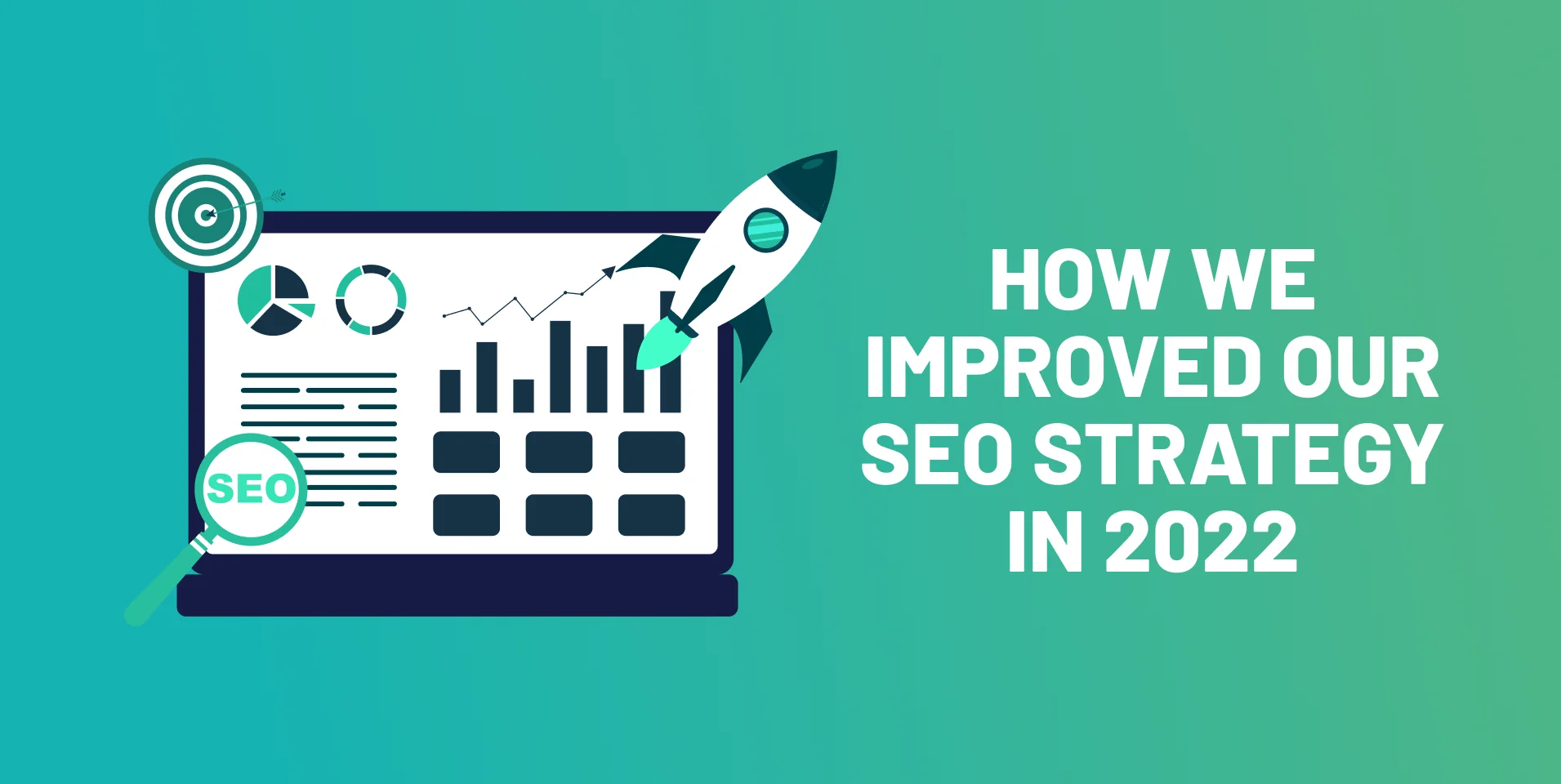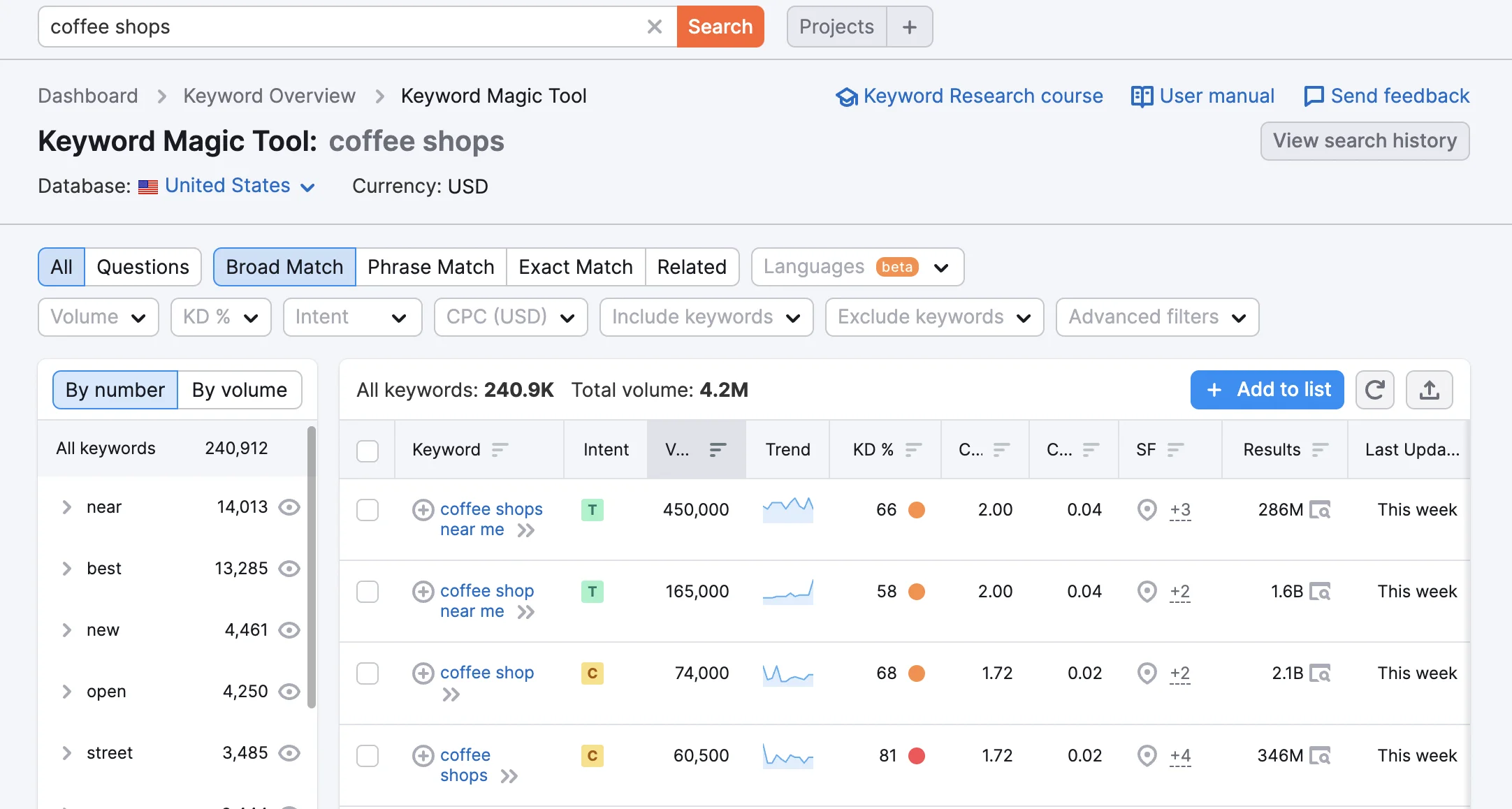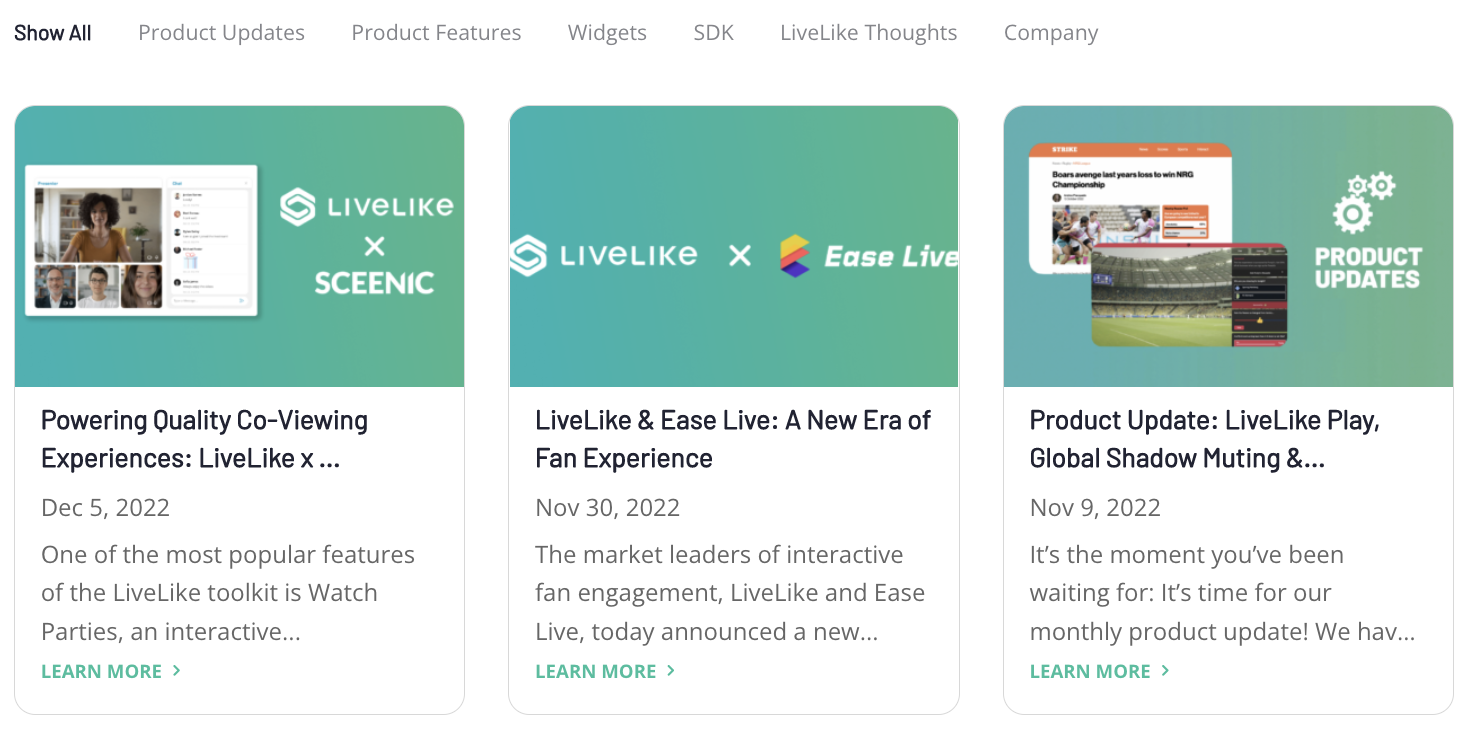Our SEO Success Story: How We Improved Our SEO Strategy in 2022

In its simplest form, SEO is the process of improving your website—in terms of user experience, technical health, design, content, and navigability—in order for it to rank higher on search results pages. The higher your site ranks on those pages, the more credible it is deemed and the more likely users are to visit it. This exposure results in more clicks and organic traffic to your site, which in turn builds a site’s SEO score even further. All in all, the objective of improving your SEO ranking is to build trust in the eyes of your potential customers and search engines; and trust leads to results.
So, How Did We Enhance Our SEO Ranking in 2022?
The best place to start when improving your site ranking is with the website content you already have. If you have any existing content—no matter its length, type, or substance—it can always be improved, and positively add to your SEO efforts rather than detract. Here are the enhancements we made to ensure our existing website content was optimized for search engines.
During this stage, we made sure to integrate keywords thoughtfully and organically so as to avoid keyword stuffing. Keyword stuffing is the act of over-optimizing your content by using too many of the same keywords on an individual page. This over-optimization can be easily recognized by search engines, which will sometimes limit crawlers to your website or penalize your content and put it at risk of losing traffic.
While there are risks with keyword stuffing, integrating relevant, researched keywords into your content is a great way to improve your SEO and increase site traffic.

Enhancing metadata involves optimizing meta titles and meta descriptions, by integrating keywords naturally so they correlate with what people are searching, as well as researching and maintaining optimal title and description length.
If meta titles and descriptions are not manually created by you, search engines will automatically generate them by taking the first text on each individual page. This can often do the trick if you happen to have an informative and relevant introductory paragraph, but puts you at an easily avoidable risk of losing SEO points.
-
- Creating descriptive, keyword-rich labels for your image filenames, alt tags, and title tags.
- Replacing generic stock imagery with custom, LiveLike-specific visuals
- Compressing all images so as not to increase our page load speed
- Assigning eye-catching featured images for all unique pages to appear on search engine results pages
- Ensuring all images were mobile-friendly and suitable for social media platform sharing
Now that you’ve optimized your existing content, it’s time to shift your SEO efforts to the future content that will be published on your site. It’s important to keep your content fresh by publishing consistently to stay up-to-date on any news in your industry, changes in your product, or shifting expectations from your users.
As well as maintaining consistency, we strived to publish a variety of different types of content this year, to satisfy our wide range of users. Since we work with clients from many different industries, there is no one specific audience persona that we are able to target. Because of this, it makes the most sense to put out content that appeals to a larger scope of users.
This year, we included videos, long-form articles, and mini-blogs, and focused on putting out unique content for EdTech, Fintech, Sports, E-Commerce, Entertainment, product updates, feature spotlights, and more.
This can, of course, be a challenging step, and requires you to put yourself in the minds of potential link-sharers. Just because you put out an amazing piece of content, doesn’t mean it will be deemed link-worthy by its viewers. Take some time to think about what kind of articles or content your community is likely to share, and brainstorm content pieces accordingly.
You may also benefit from collaborating with other businesses to co-support one another when publishing a piece, or spotlighting another company in the hopes that they share it with their networks.
The next best thing you can do for your website once your existing content is newly optimized is to start brainstorming ways to make it more user-friendly. Simply put, if your website is hard to navigate, boring to look at, or causes frustration, users will be more likely to leave it and turn to your competitors.
For us, this involved taking the following key steps:
- Creating a website design that puts users first
- Keeping design simple with color combinations that reflect the LiveLike brand
- Using accessible, consistent, and on-brand language and tone
- Avoiding large chunks of text and breaking them up with visuals or headers
- Prioritizing mobile compatibility
For this step, we started by putting ourselves into the minds of both our clients and potential website visitors. And since we’re in the business of fan engagement, we felt it was only fitting to use this skillset to our advantage and integrate engaging tools to improve the user experience.
This involved adding interactive widgets—polls, trivia quizzes, AMAs—within our content to engage our readers and break up any lengthy text. Not only did this work to create a more fun, personable environment, but it also made our content more approachable and readable.
As mentioned above, we made sure our site pages had easily recognizable CTAs that users might be interested in depending on the page content they are interacting with. Having relevant, specific CTAs on your site can help users with decision fatigue by giving them direction on what they can do next. They can also work to create a sense of urgency that may help increase conversions.
The site health score of a website is determined by the amount of errors and warnings that are found on a site’s pages when they are crawled. In other words, it is a measure of the technological health of a website that takes into account its speed, structure, security, and technical SEO. And since these errors and warnings can include duplicate metadata, long page load speed, duplicate content, and low page word count, addressing the previous steps we’ve discussed can help to reduce these errors and improve your overall site health score.
This year, we worked hard to eliminate all errors and warnings on our site where possible, and successfully improved our site health score by 28%. Here are just a few ways we did this:
-
- Using XML sitemaps
- Standardizing URLs
- Using unique meta descriptions
- Optimizing all page title tags
- Adding image alt text
- Fixing 404 errors
- Adding internal links
- Using HTTPS
- Improving site speed
- Prioritizing mobile design
- Strategizing CTA placement and content
Want to know more about search engine optimization or content optimization solutions? Let’s chat!








